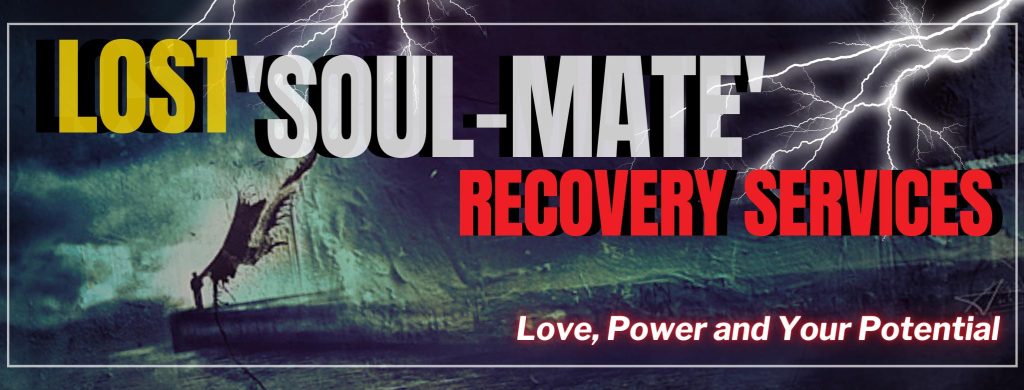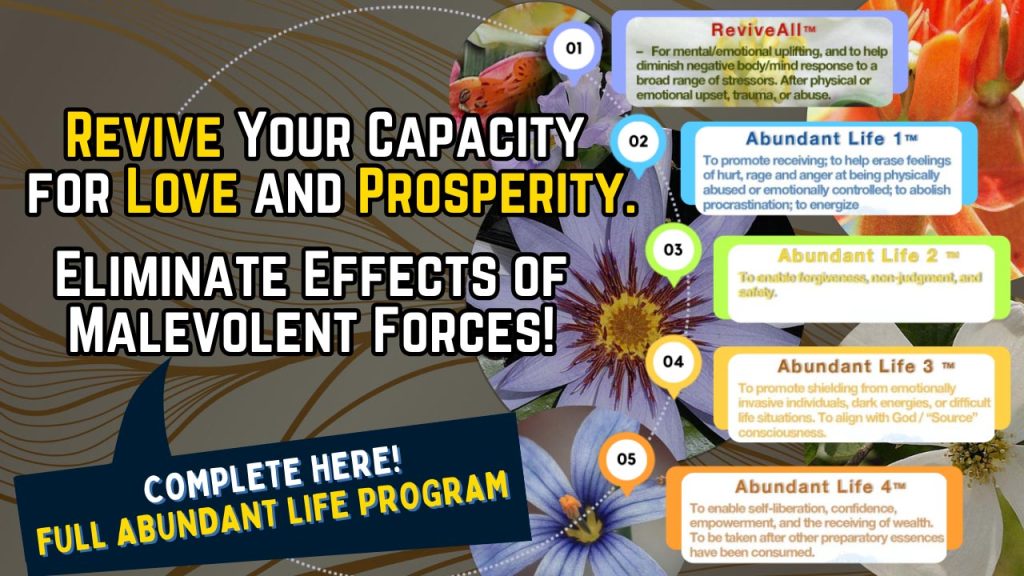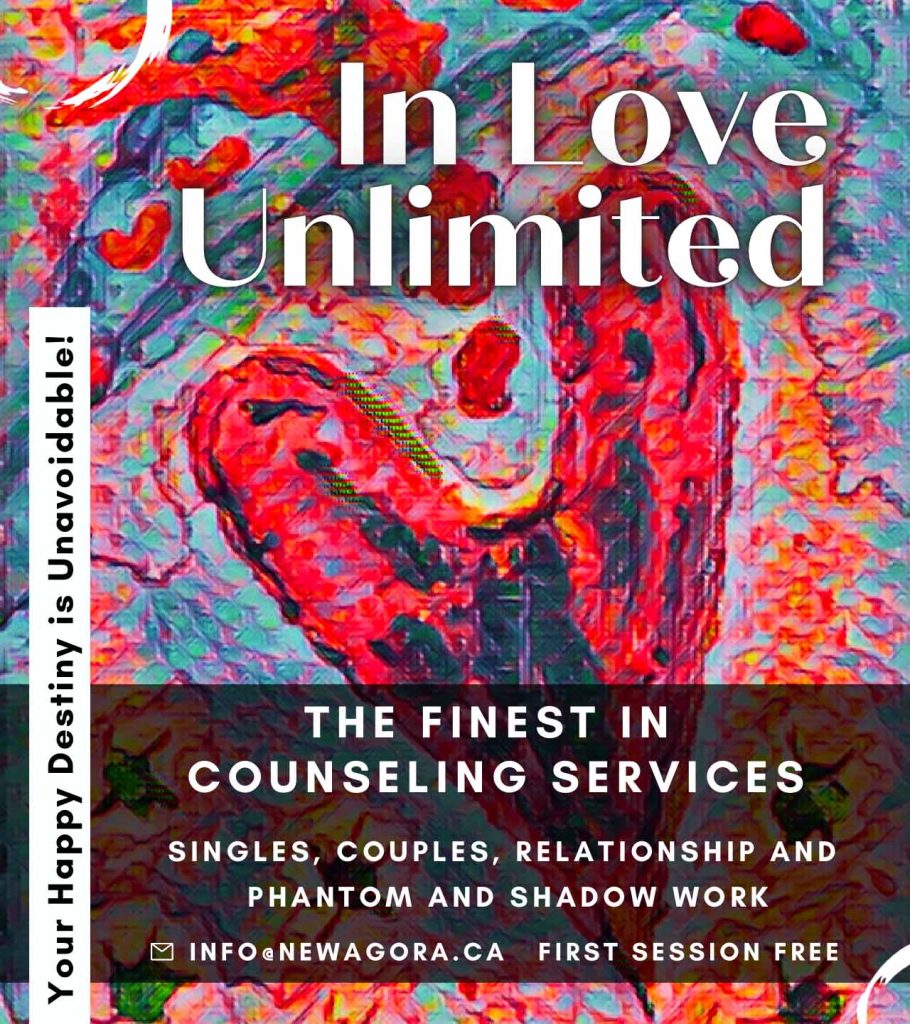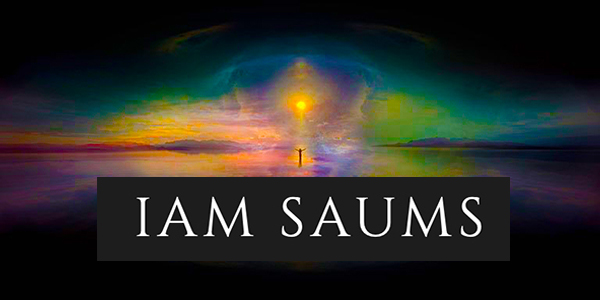Heaven and Hell Are Only One-Tenth of an Inch Apart
In the early 1930s then president of the US, Herbert Hoover, commissioned Edward R. Dewey, Chief Economic Analyst for the Department of Commerce, to identify the cause of the Great Depression. What Dewey found was nothing less than startling. His research identified thousands of natural, social and financial cycles.
In 1967, years after his initial investigation, Dewey published his ground-breaking paper titled “The Case for Cycles” in which he presents years’ worth of research to suggest that there are environmental forces that stimulate and depress mankind. In other words, Dewey discovered coincident cycles in both nature and human society, driven by some as yet unknown forces of nature.
If we think about it, our existence is dominated by cycles. The Moon rotates around the Earth, which spins on its axis while it rotates around the Sun, which in turn rotates around the centre of our galaxy. These cycles are what define our various measures of time (i.e. a day, a week, a month, a year).
For the ancients, these natural cycles dictated a key part of their philosophy toward life and the natural world. More than purely a measure of time, these various cycles were considered to affect mankind on an emotional, mental and spiritual level.
Hinduism considers time to be divided into four “epochs”, called “Yugas” – Satya Yuga, Tretya Yuga, Dwapara Yuga and Kali Yuga. The Yugas are cyclic in nature and each of these epochs is believed to have profound effects on life, nature as well as mankind’s spiritual development. The Mayans, too, were fascinated with various cycles of time and developed sophisticated calendars to track astrological movements.
Rather than believing the world to be random and unpredictable, the ancients acknowledged the interconnectedness of all things. They had an intense perception of their surroundings and recognized the existence of subtle, spiritual forces that pervade the natural world. Then something happened, a “fall” of sorts, and we began to see ourselves as separate from the rest of creation. We were taught to believe that we live in a dangerous and harsh world, that nature is cold and relentless.
This outlook on life not only engenders fear but promotes a victim mentality which leads to anxiety, stress and depression. It’s this state of mind that psychologist Steve Taylor terms the “sleep” state.
Taylor’s research centres around individuals who have gone through a personal transformation leading to a profound shift in consciousness. Taylor defines the “awakened” state as an evolutionary leap in consciousness that will ultimately lead to a more harmonious and spiritually connected society.
This “awakened” state is what many spiritual traditions term “enlightenment” (though it is worth keeping in mind that each person’s experience is unique and can range in profundity). “Awakened” individuals tend to feel more connected to nature. They have little sense of group identity and a strong affinity towards compassion and altruism.
Taylor’s research identifies a number of “triggers” which may lead to a personal transformation and the establishment of a permanent, awakened state. By far the most common of these triggers is intense psychological turmoil.
Inner turmoil is like an earthquake that breaks down the existing structure of the self, allowing something deeper and more profound to shine forth. This results in a more connected and expansive state of being.
Just as the fiery heat of a kiln can turn a lump of clay into a beautiful piece of pottery, so too can the devastation of inner turmoil give birth to love, radiance and inner peace. Though most people view evolution as a process of gain, spiritual awakening is actually related to loss. By shedding the outer layers of illusion and losing all that we thought we were, we can discover something completely new.
Trauma can lead to transformation as well as growth, but this can only happen if one surrenders at great depth. Surrender implies the release of all prior beliefs; only then is a new Self, and thus a new reality, revealed.
It’s time we acknowledge that the world is not random and that pain exists to promote evolution by forcing us in a new direction. May we embrace all manner of hardship, knowing that sometimes it is necessary to hit rock bottom before a breakthrough can be made. That brings us to the title of this short article, which as it happens is an old Zen Buddhist saying, “Heaven and hell are only one-tenth of an inch apart”.
And so, in the words of Winston Churchill, “If you’re going through hell, keep going” for, from within the depths of hell, paradoxically, heaven is close by.
REFERENCES
Dewey, R., E. The Case for Cycles. 1967.
Taylor, S. The Leap: The Psychology of Spiritual Awakening. 2017.
About NewBraveWorld.org:
NewBraveWorld.org was founded by Ryan Matters, a writer and free thinker from South Africa. After a life-changing period of illness, he began to question mainstream medicine, science and the true significance of what it means to be alive. Here you can find his various essays covering topics such as science, philosophy, medicine and spirituality.
– Come Like Us on Facebook – Check us out on Instagram –
– Sign Up for our Newsletter –


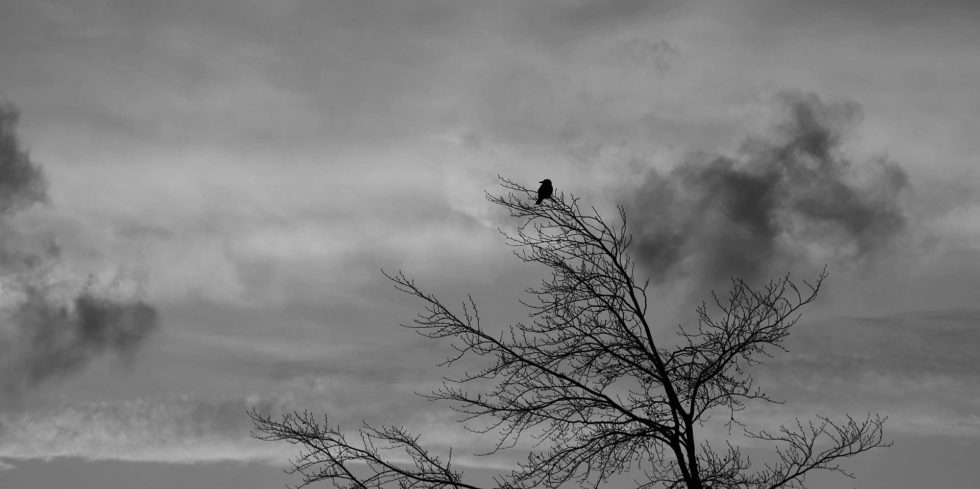
 www.newbraveworld.org
www.newbraveworld.org




